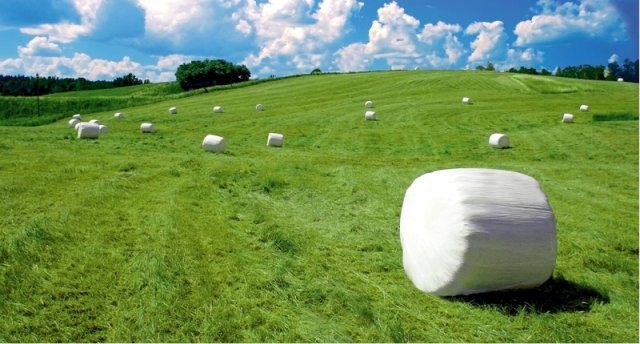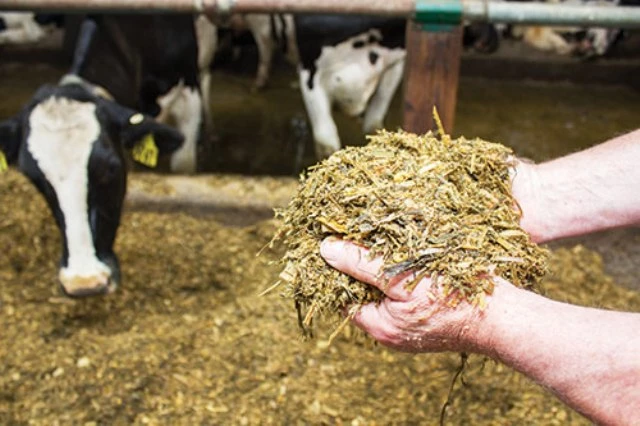

Silage is fermented, high-moisture stored fodder which can be fed to cattle, sheep and other such ruminants (cud-chewing animals) or used as a biofuel feedstock for anaerobic digesters.
The grasses are cut and then fermented to keep as much of the nutrients (such as sugars and proteins) as possible. The fermentation is carried out by microscopic organisms living in the grass.


The goal of silage making is to conserve and store crop nutrients using lactic acid bacteria to ensure rapid fermentation in air-free conditions and to minimize losses from harvesting until feeding.
No matter the system, the ensiling and storage system's main functions are to exclude air during the ensiling process and to prevent air from entering the silage during storage.

First, the pasture must be cut when the grasses contain their highest nutrient levels. This is usually just before they are fully mature. This is important because all forms of preserved grass, such as hay and silage, will have lower amounts of nutrients than fresh pasture, so everything must be done to make the end product be as nutritious as possible.

The cut grass is chopped into even smaller pieces and then compacted to get out as much oxygen as possible (this is important because the microorganisms, called lactic acid bacteria, that are needed to carry out the fermentation like living in oxygen-free environments). If the silage is to be stored piled in a large pit, tractors and other machinery are usually driven over the grass pile until it is firm. If the silage is stored as bales, the baling machines will compact the grass as they work.

